-
Temperature of the indoor air (or the indoor thermostat setpoint). For radiant discomfort calculations it is assumed that this also represents the temperature of the indoor surfaces (e.g. ceiling, floor and interior walls).
-
Indoor relative humidity factors into the thermal comfort calculations. It can be up to 60% in climates that are warm and humid in the summer.
-
The average indoor air speed induced by the mechanical system is typically 10-50 fpm.
-
Insulating value of clothing
- 0.2 clo - shorts + t-shirt
- 0.4 clo - thin trousers/skirt + short sleeved dress shirt
- 0.6 clo - thick trousers/skirt + long sleeved shirt + undershirt
- 0.8 clo - thin trousers/skirt + long sleeved shirt + single breasted coat
For more details, refer to https://comfort.cbe.berkeley.edu/ -
Metabolic rate of the occupants
- 1 met - seated resting
- 1.2 met - typing or standing
-
Average shortwave absorptivity
- 0.20 - white clothing
- 0.57 - khaki clothing or white skin>
- 0.65 - brown skin
- 0.84 - black skin
- 0.88 - black clothing
-
Horizontal plain of analysis, typically at the height of an occupant’s body core
- 3.0 ft - seated
- 3.5 ft - standing
-
Window assembly thermal performance.
-
The Predicted Mean Vote (PMV) thermal comfort model is currently the most widely used indoor comfort model for full-body thermal sensation. The greatest level of thermal comfort that the model accommodates is 5 Percent of People Dissatisfied (PPD) and the ASHRAE-55 thermal comfort standard recommends that indoor conditions for occupied spaces not exceed 10 PPD.
-
Floor to ceiling height louvers
-
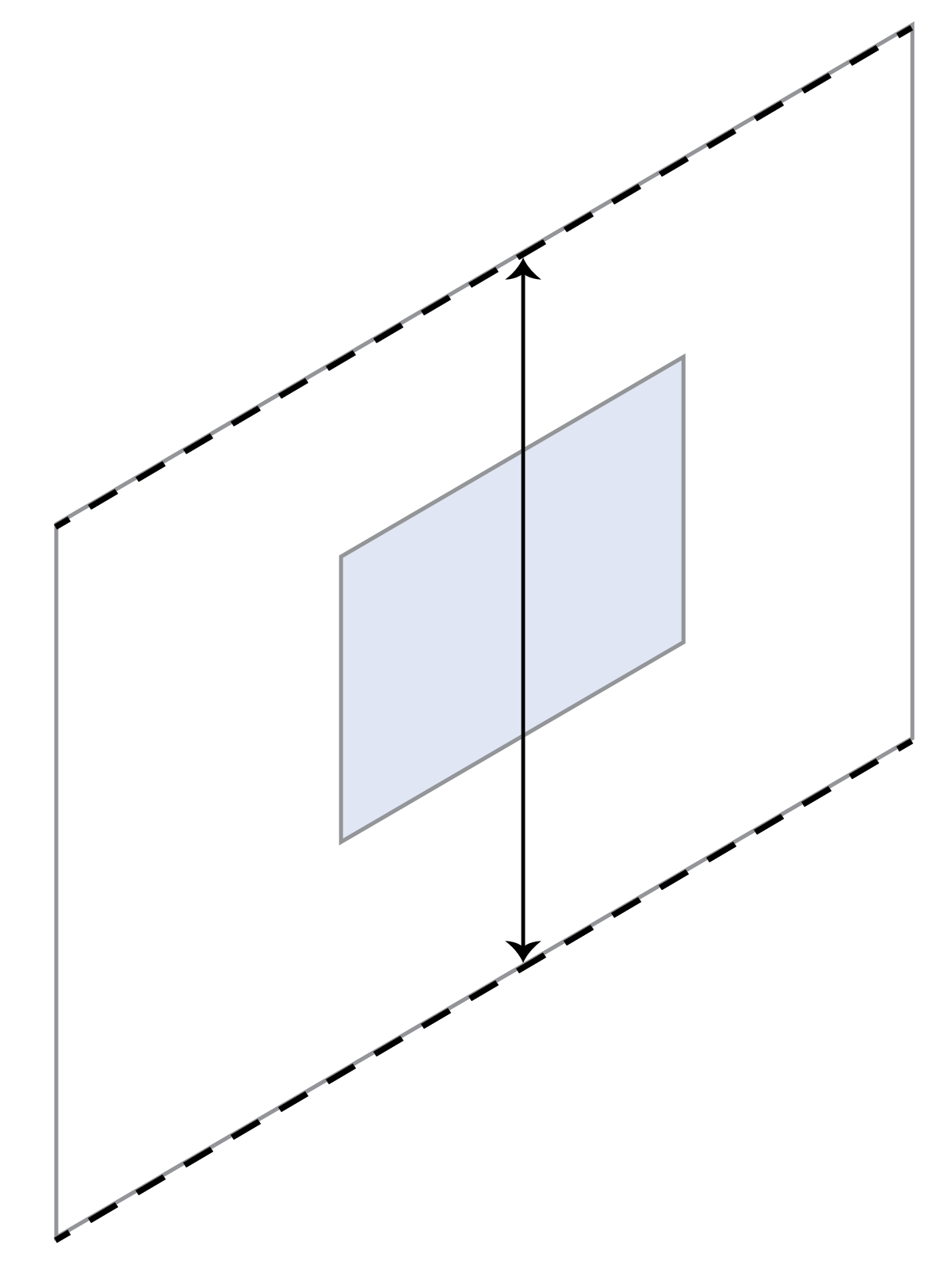
Ceiling Height (ft) -

Room Length (ft) Length of the room along the window side in feet.
-
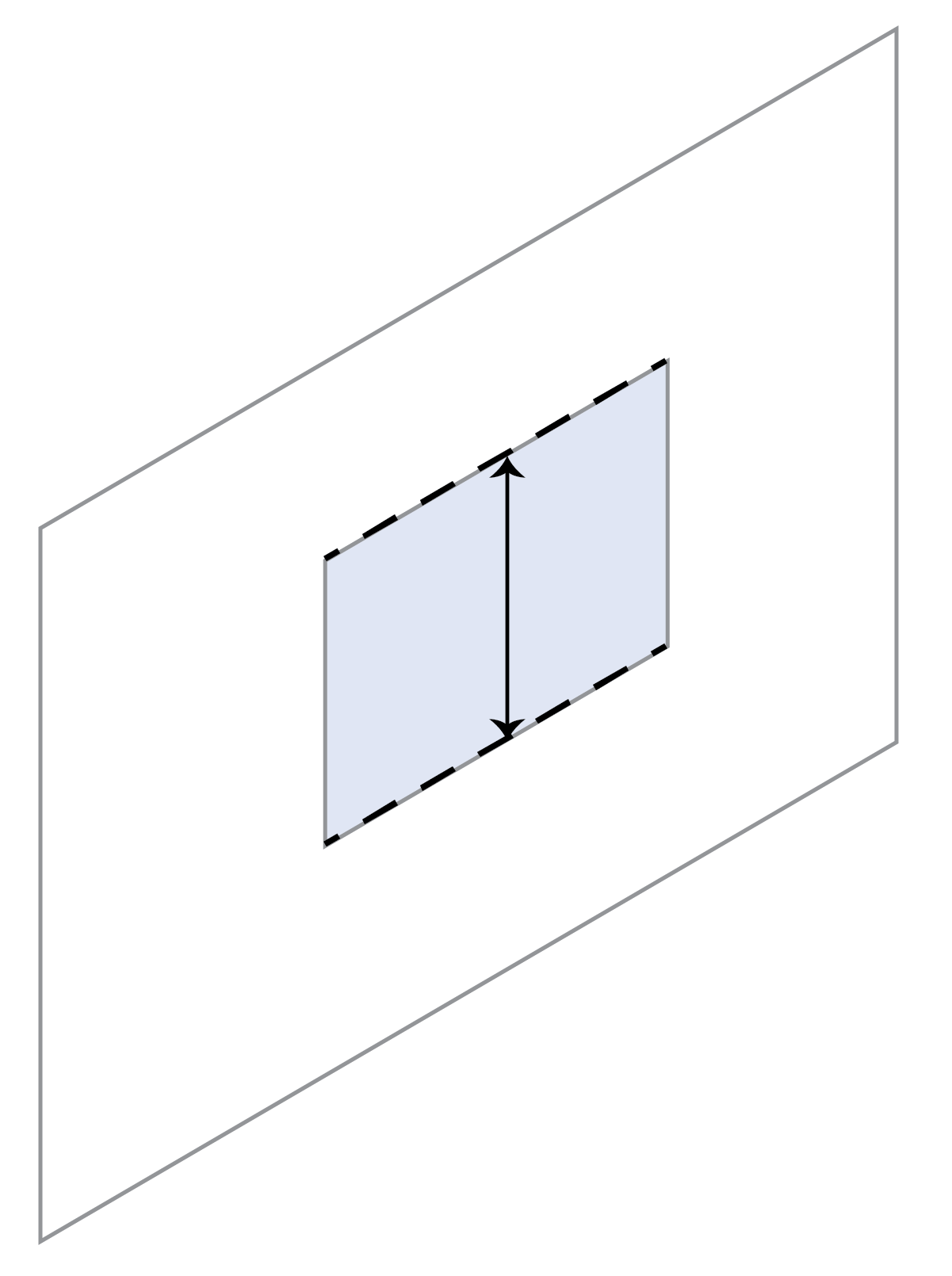
Window Height from Sill (ft) -
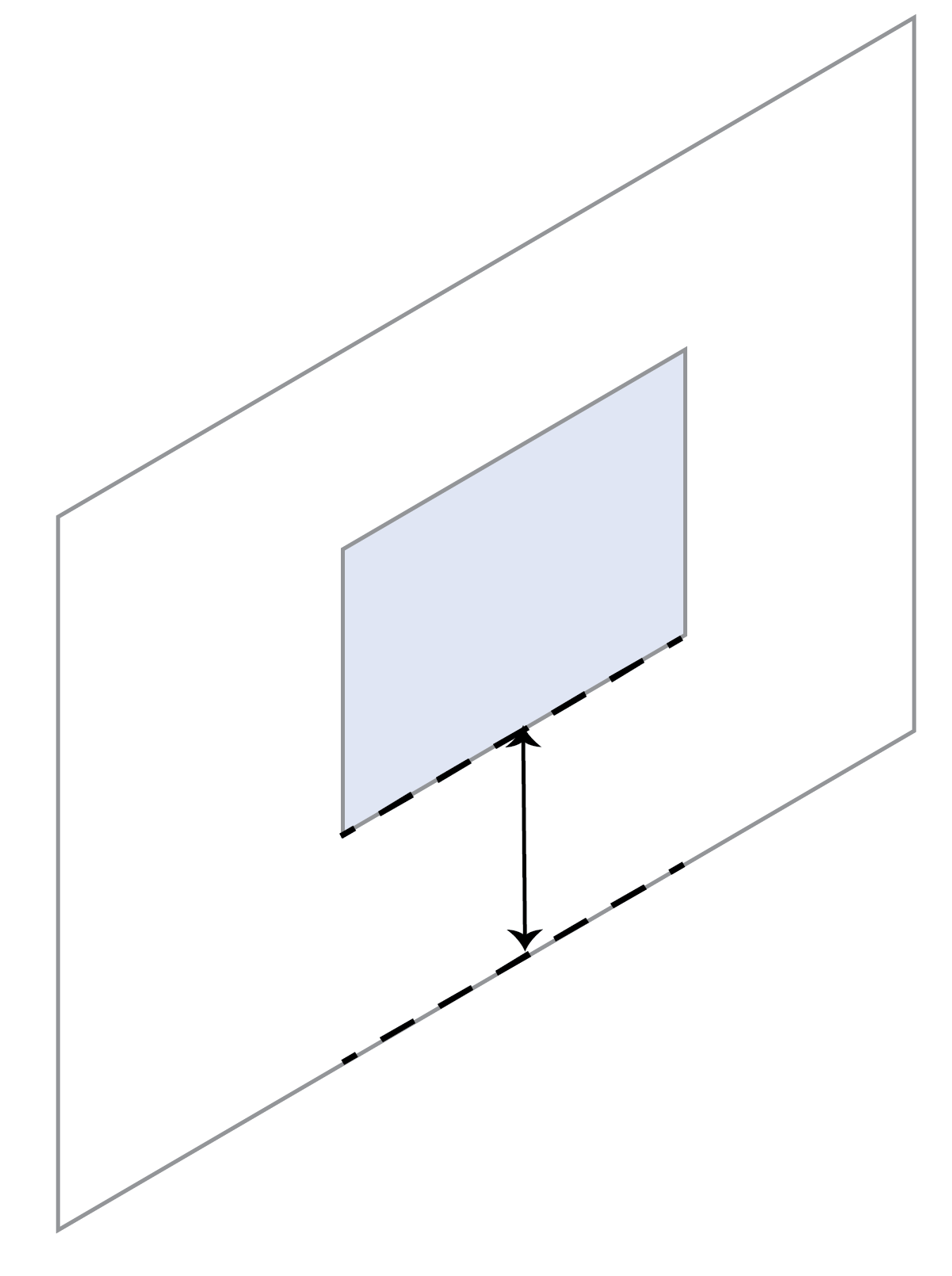
Sill Height (ft) Distance between the floor and the bottom of the window in feet.
-
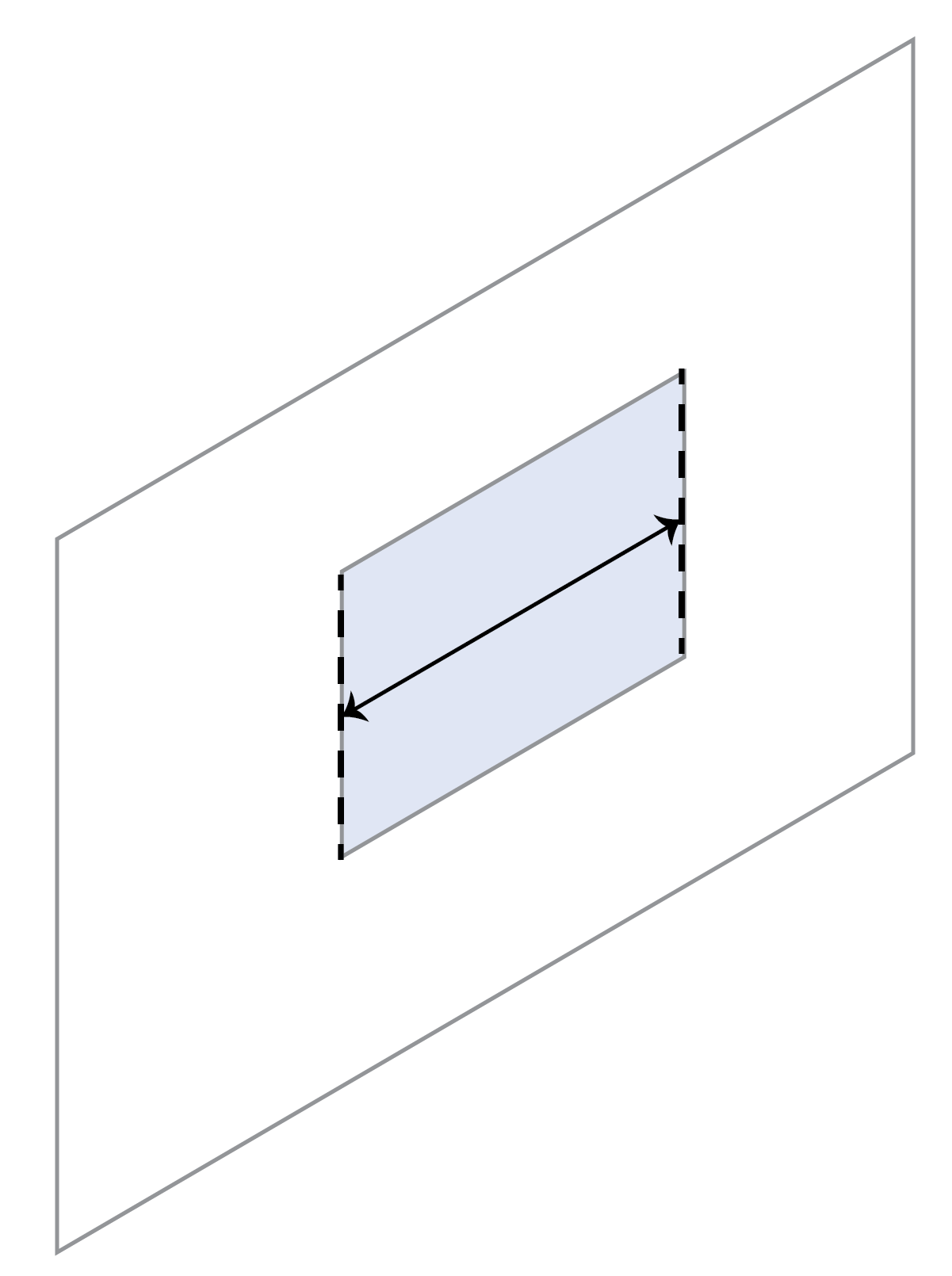
Window Width (ft) -
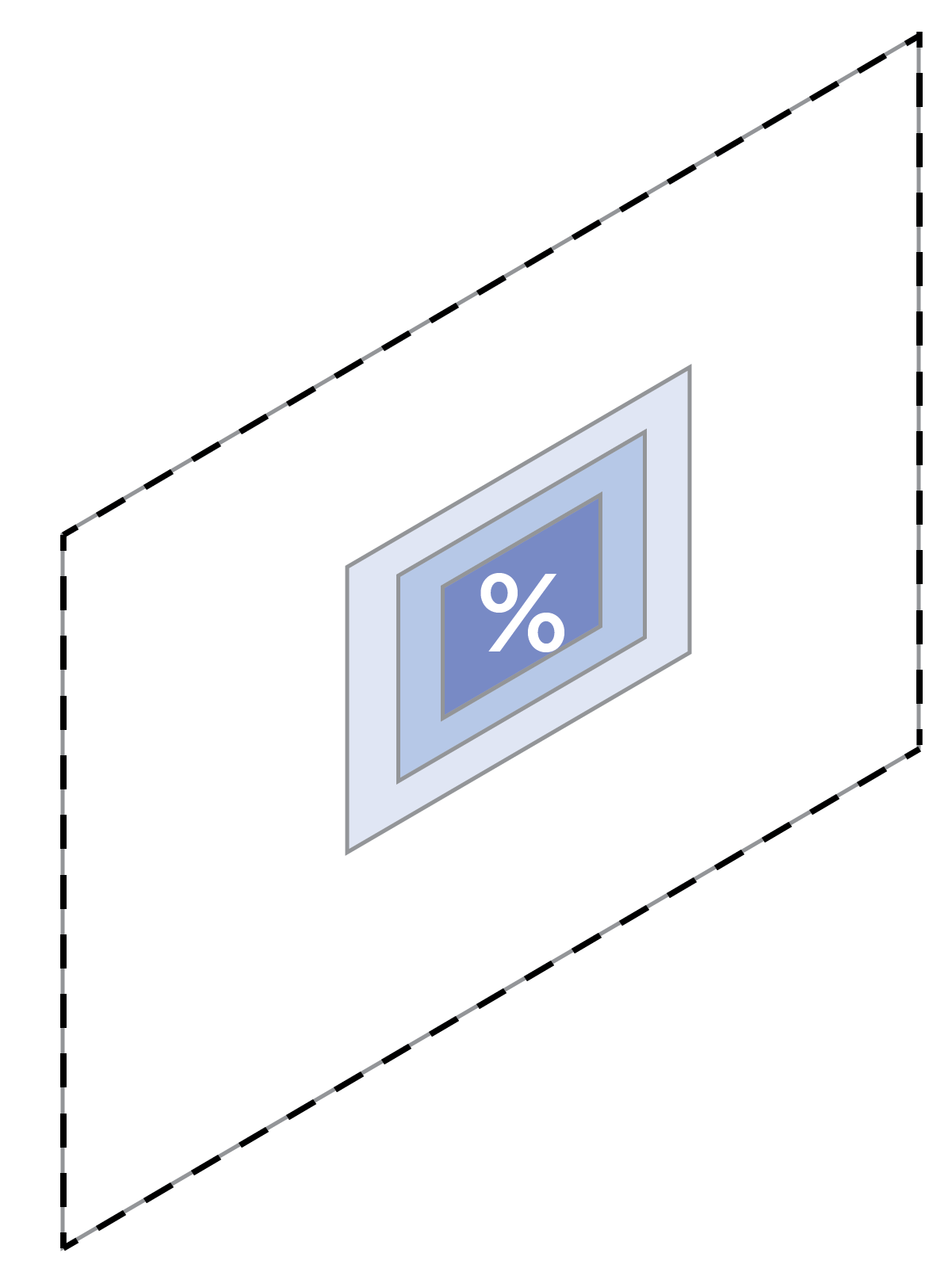
Window to Wall Ratio (%) -
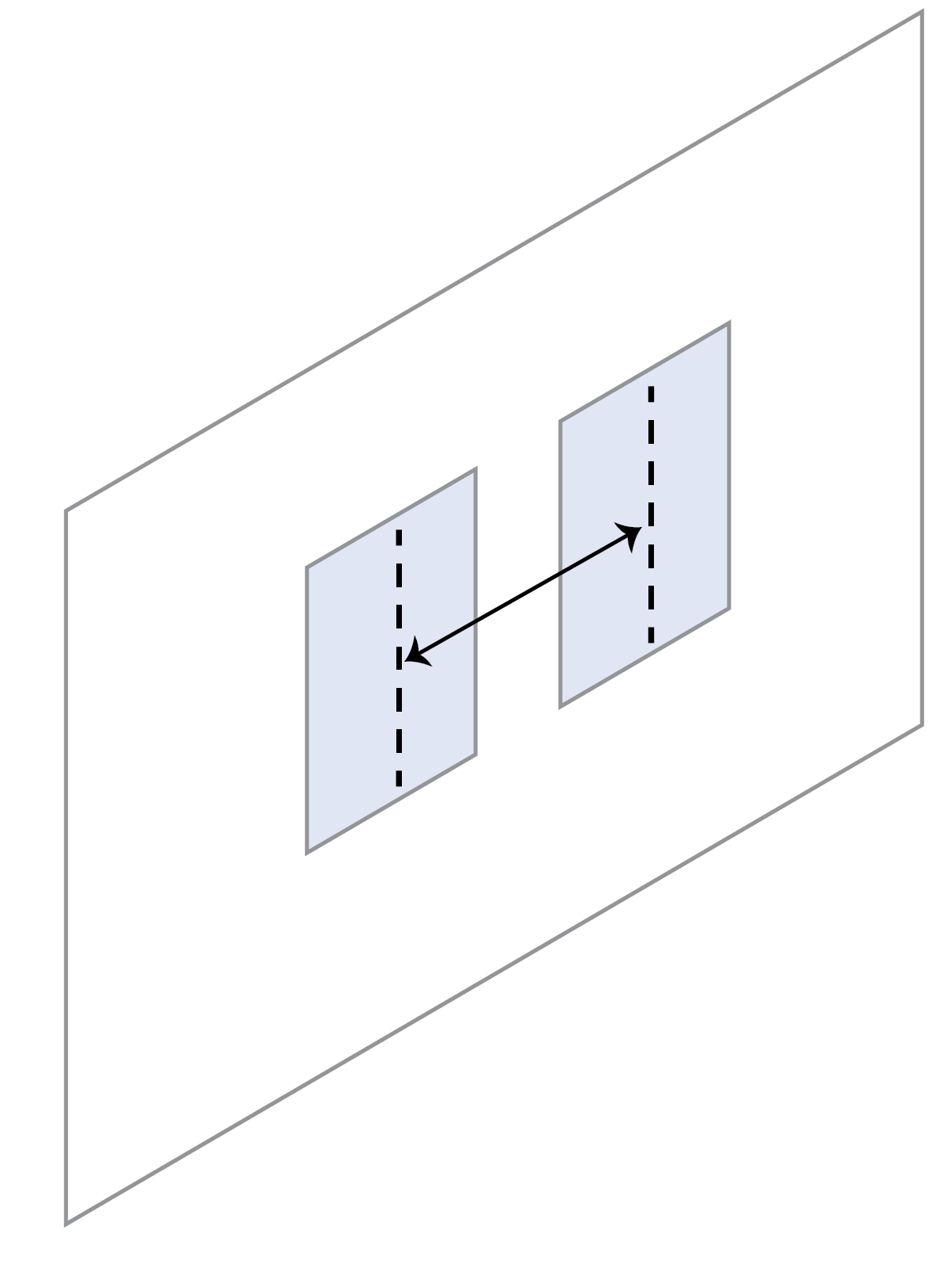
Window Separation (ft) Distance between center of windows in feet.
-
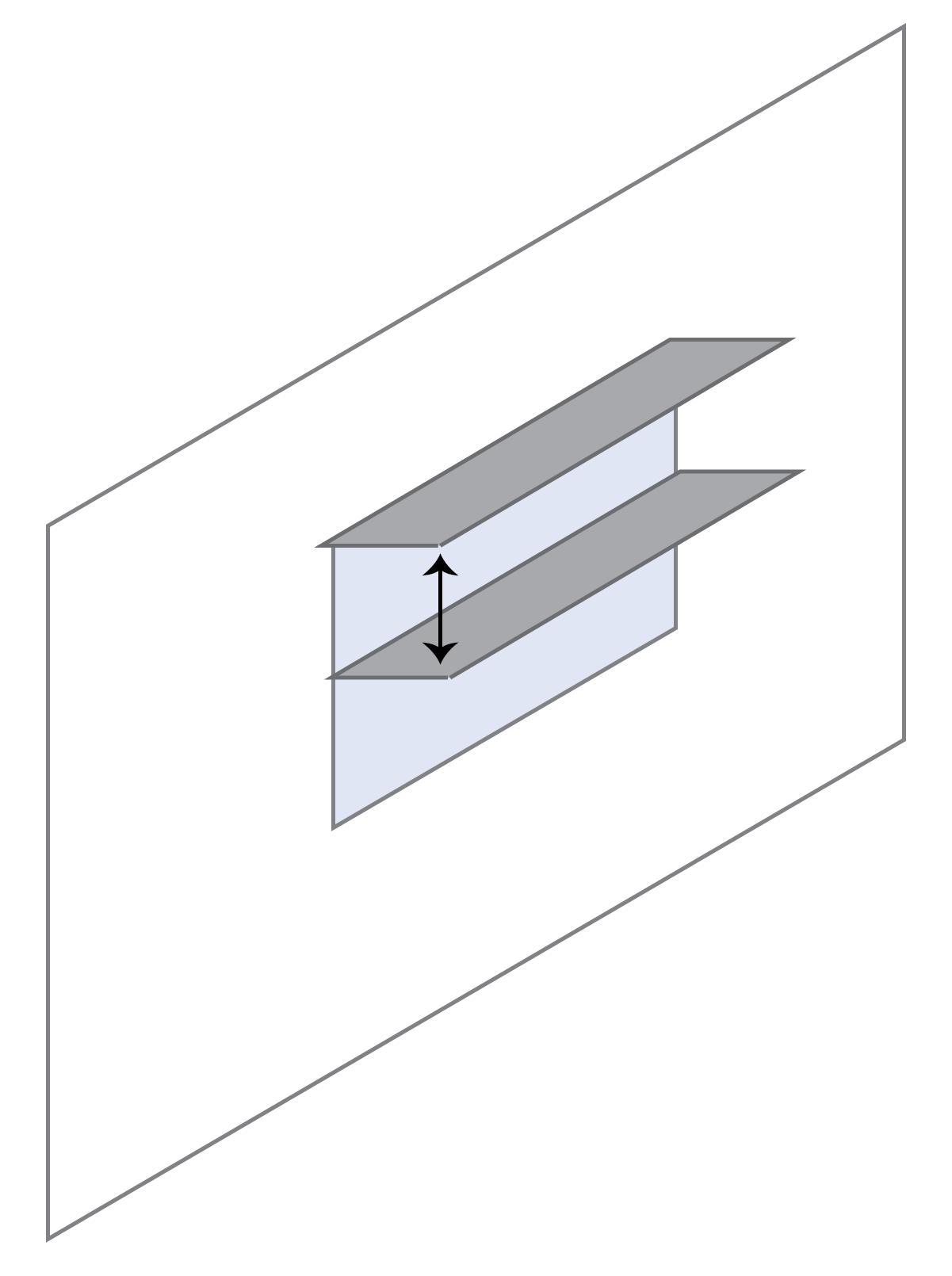
Spacing (ft) Distance between shades in feet.
1
-
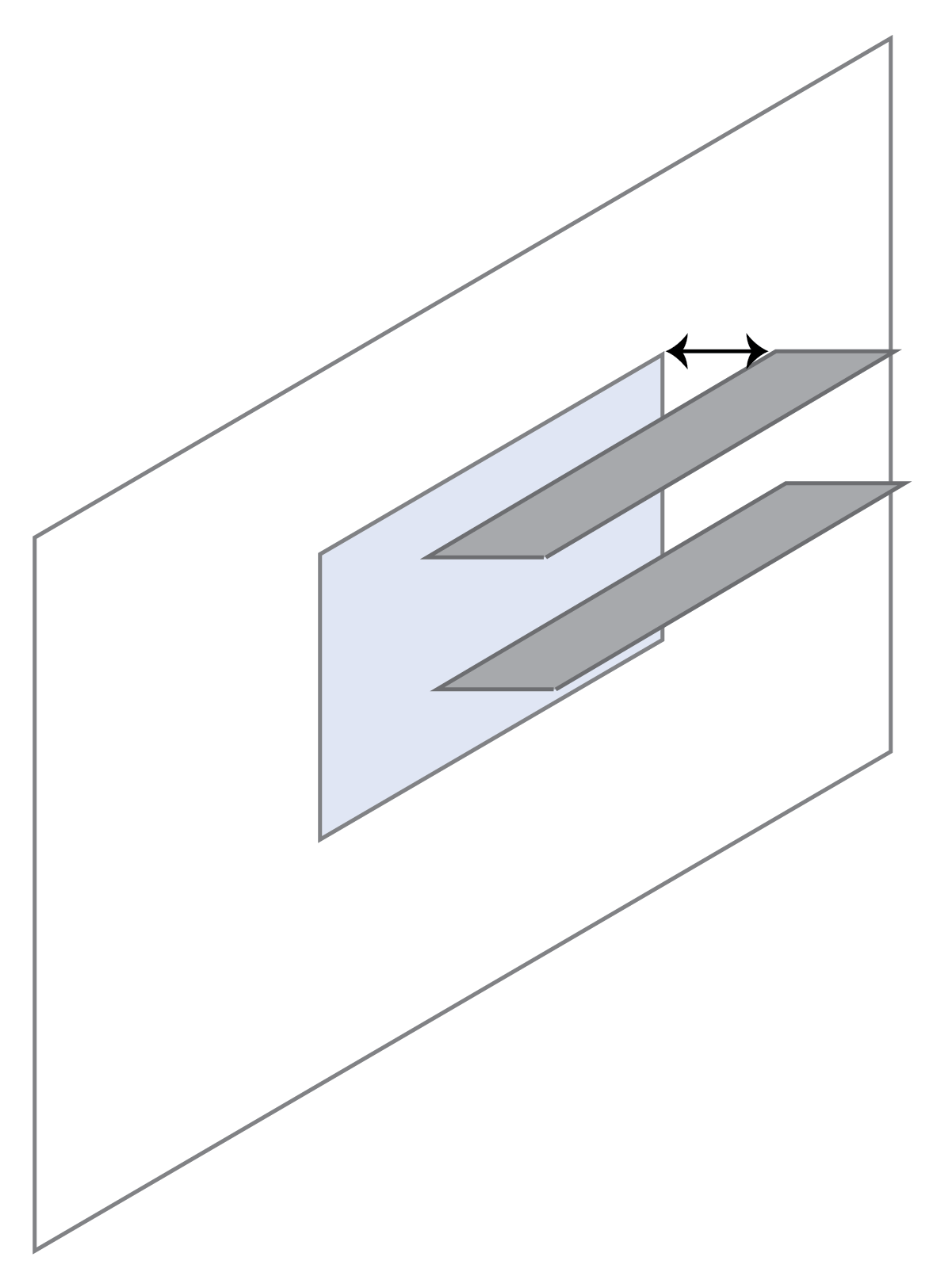
Distance from Facade (ft) -
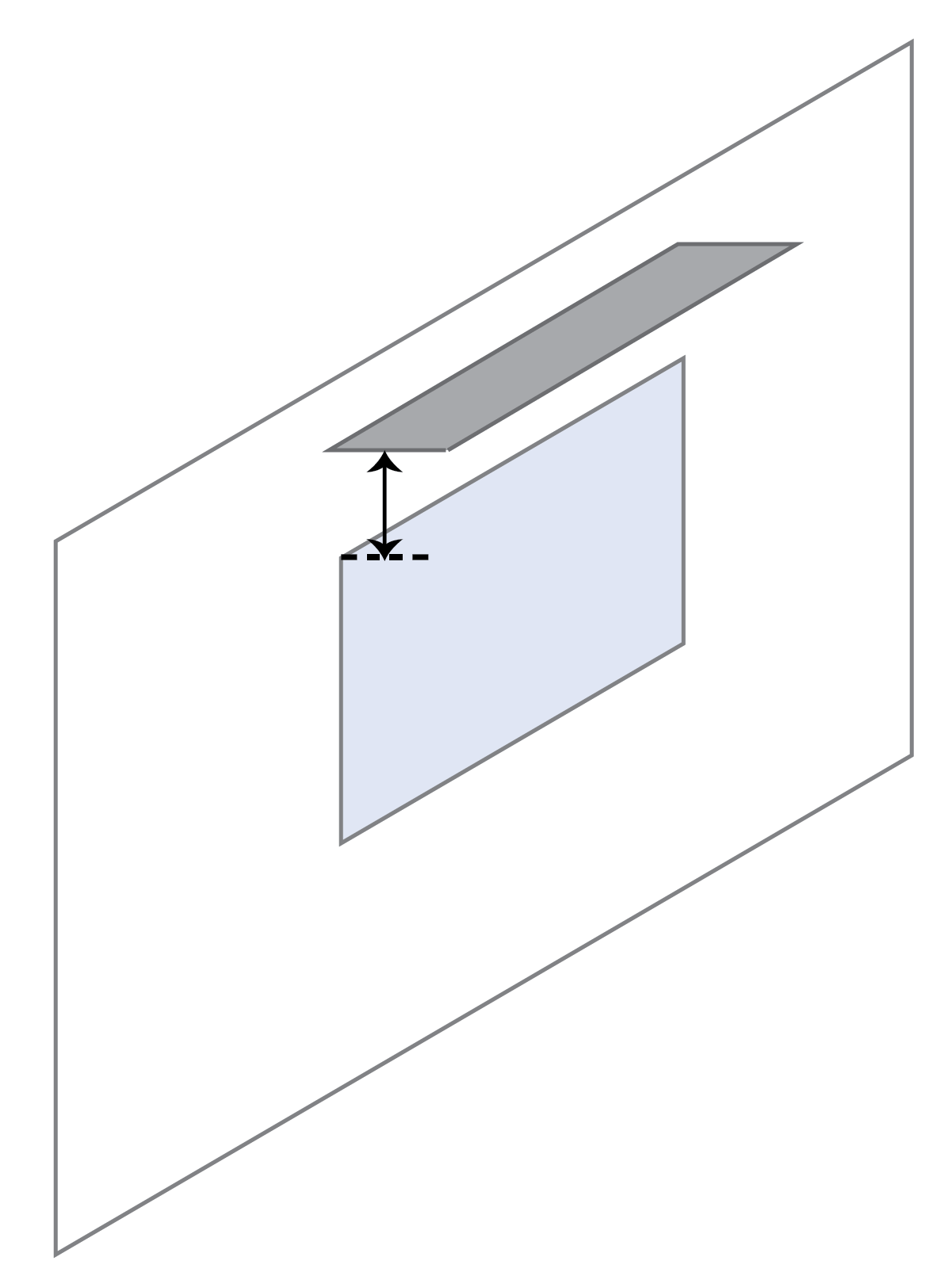
Height Above Window (ft) -

Angle (ft) -
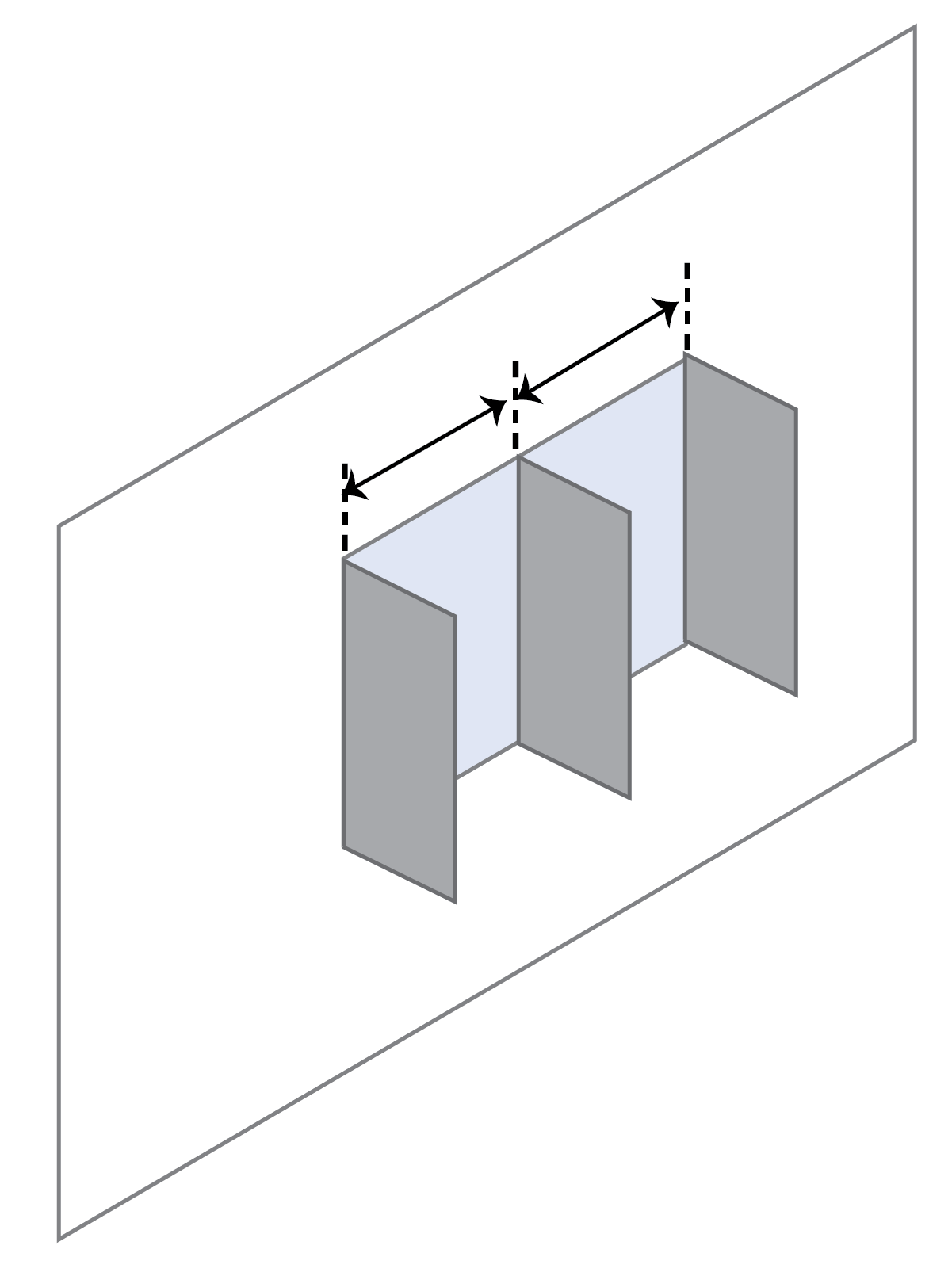
Spacing (ft) Distance between shades in feet.
-
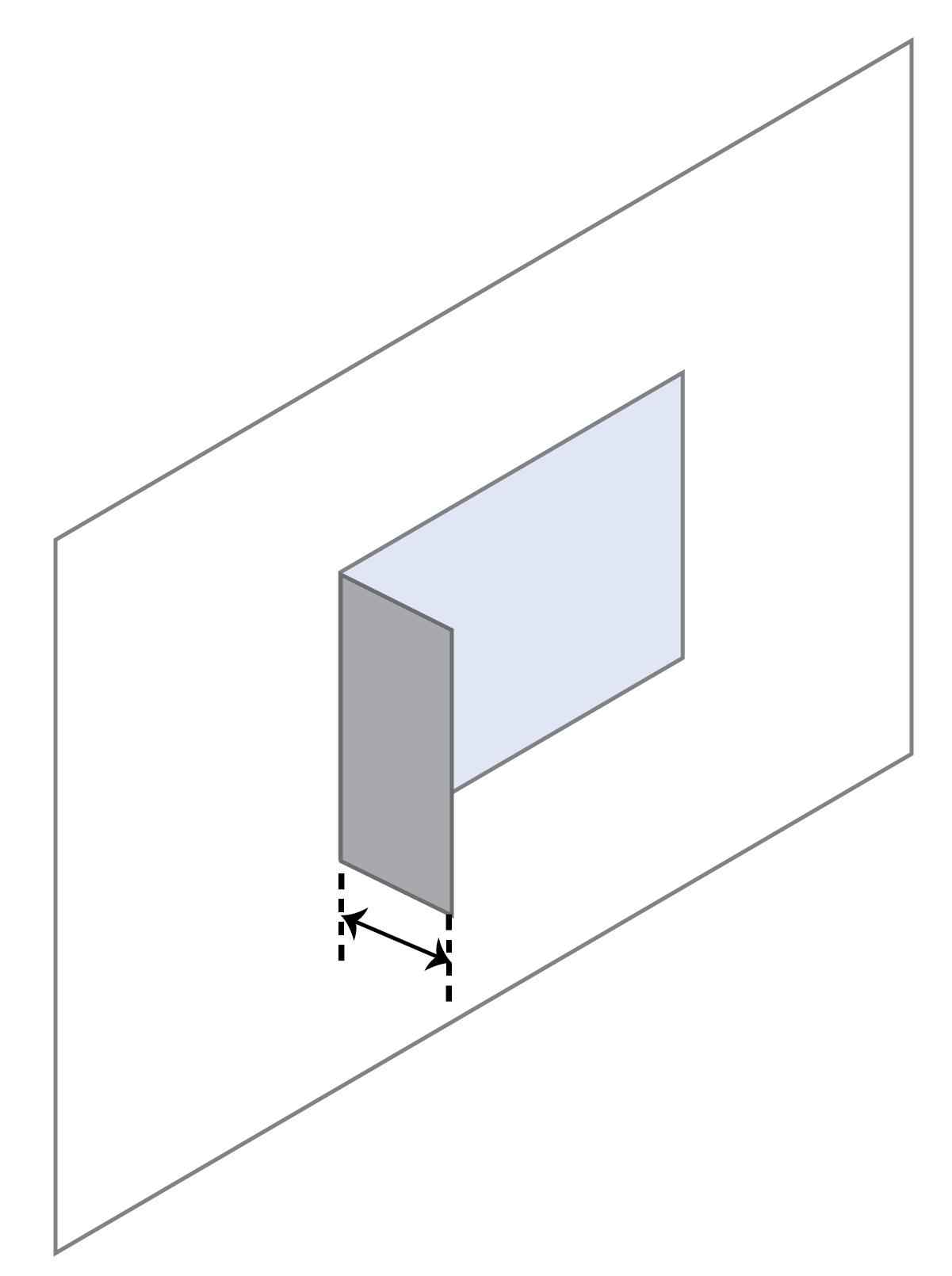
Depth (ft) -
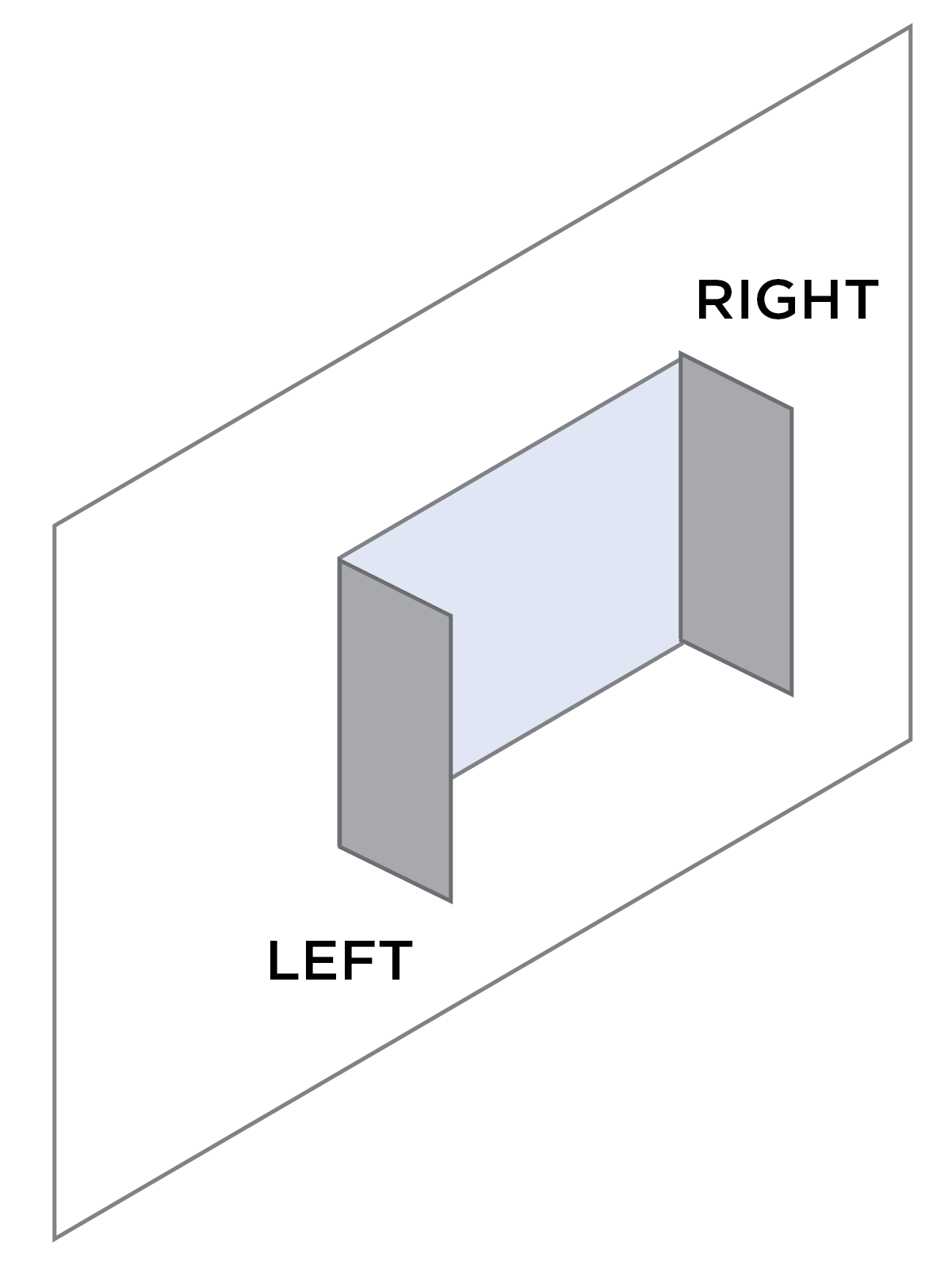
Left or Right Start laying out shades from the left or right side of the window as viewed from outside to building.
-
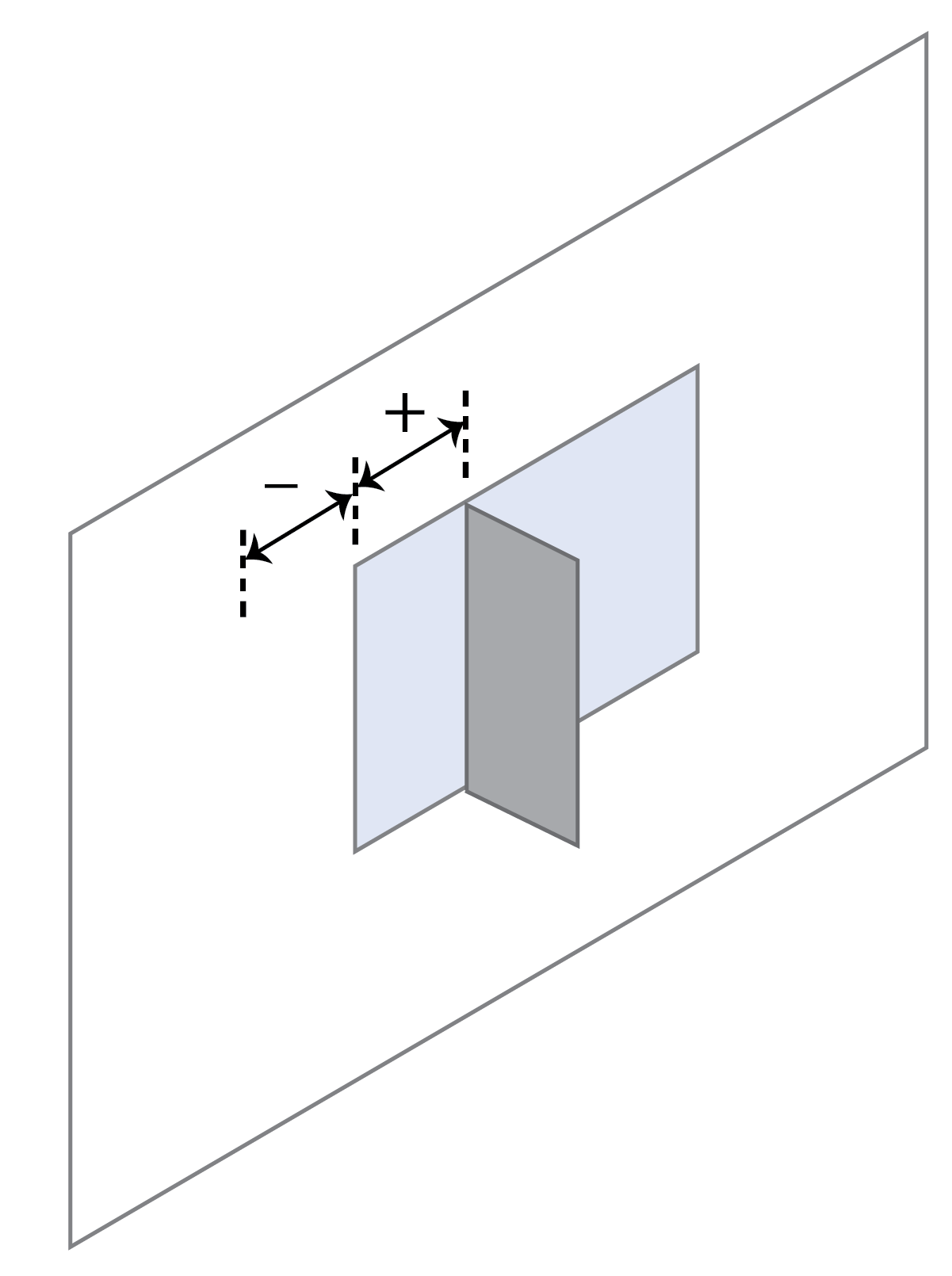
Horizontal Shift (ft) Shift the position of the shades left or right a distance in feet.
-
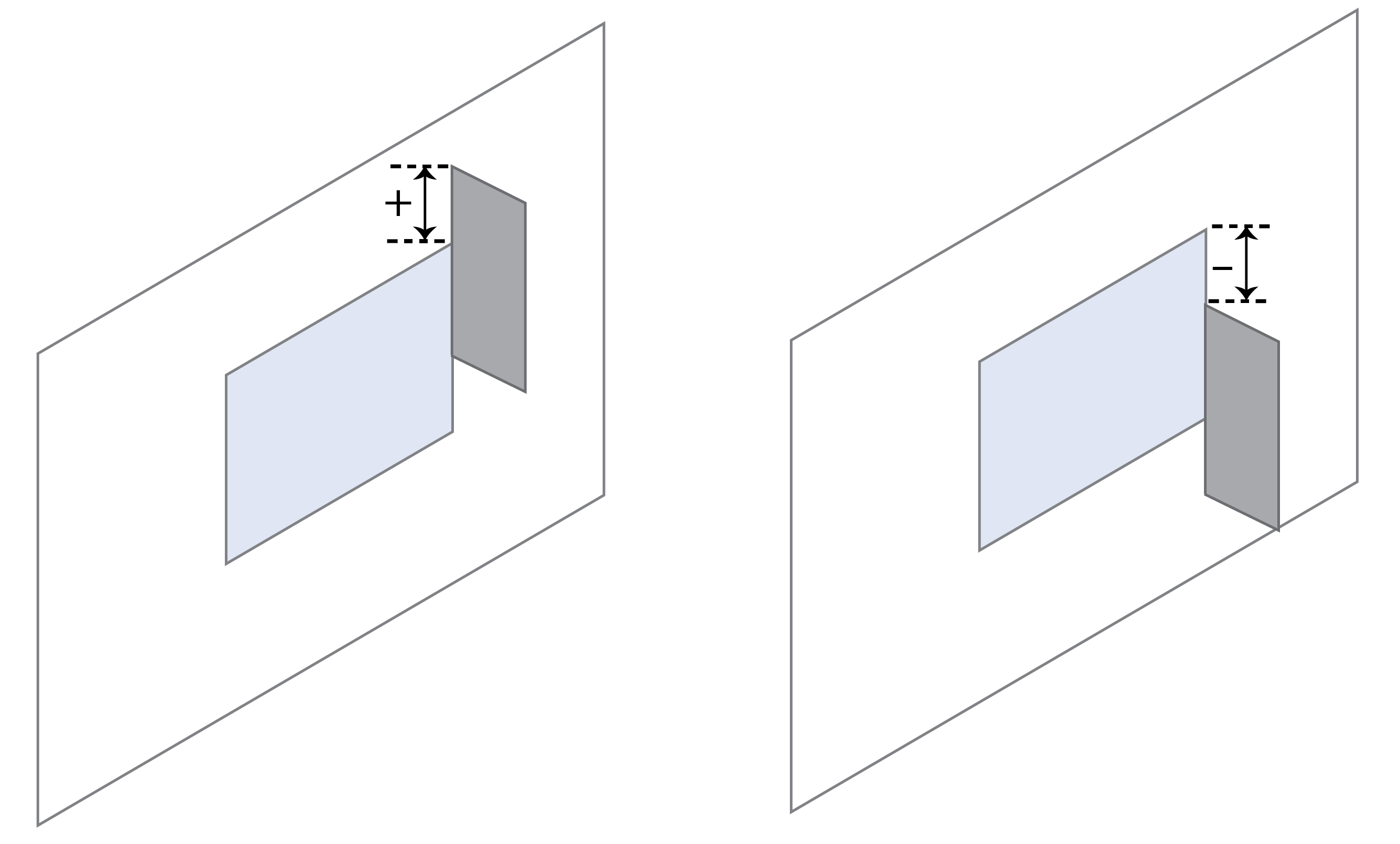
Offset from Head (ft) Distance between the top of the shade and the top of the window in feet.
-
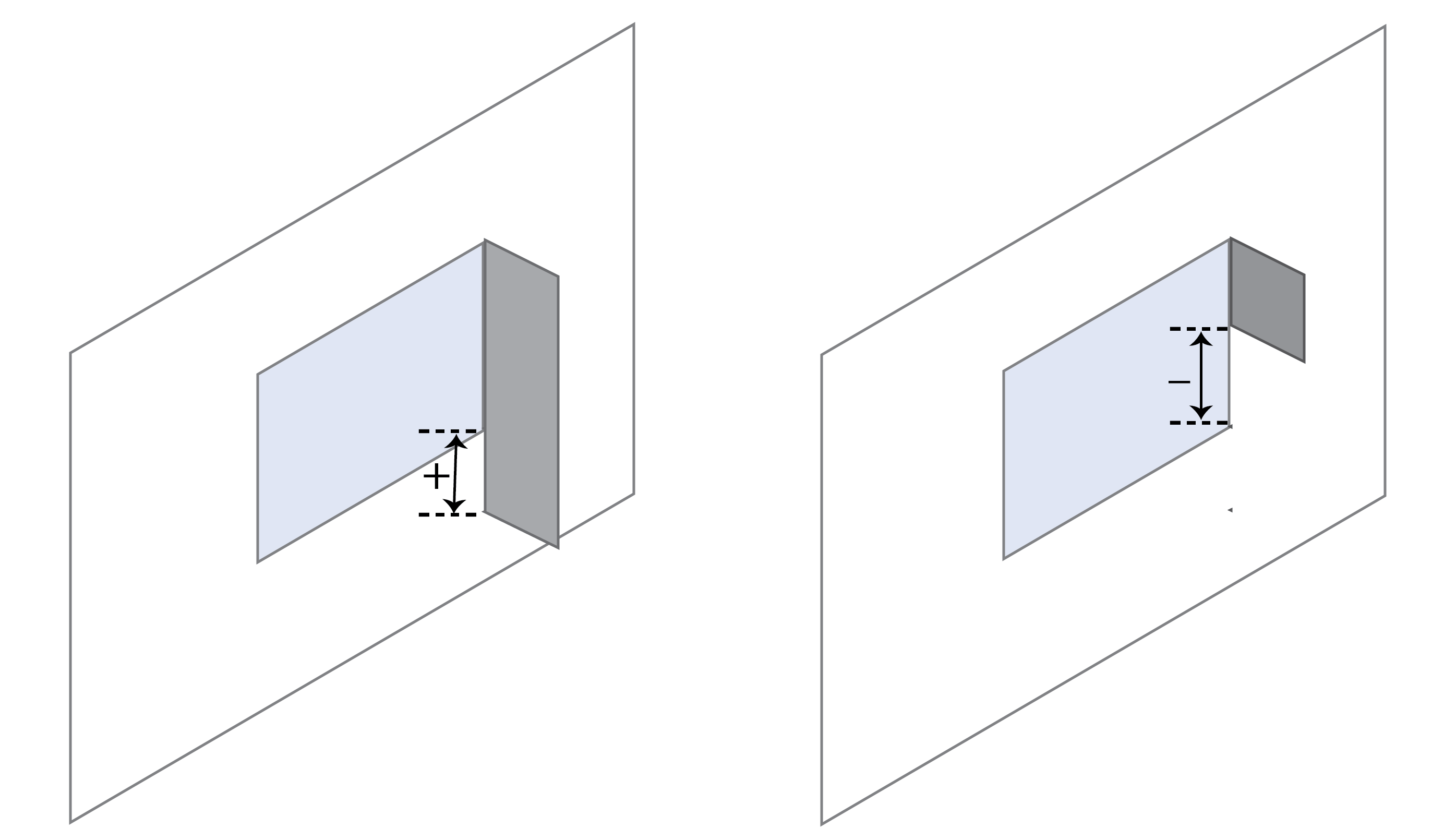
Offset from Sill (ft) Distance between the bottom of the shade and the bottom of the window (sill) in feet.
-
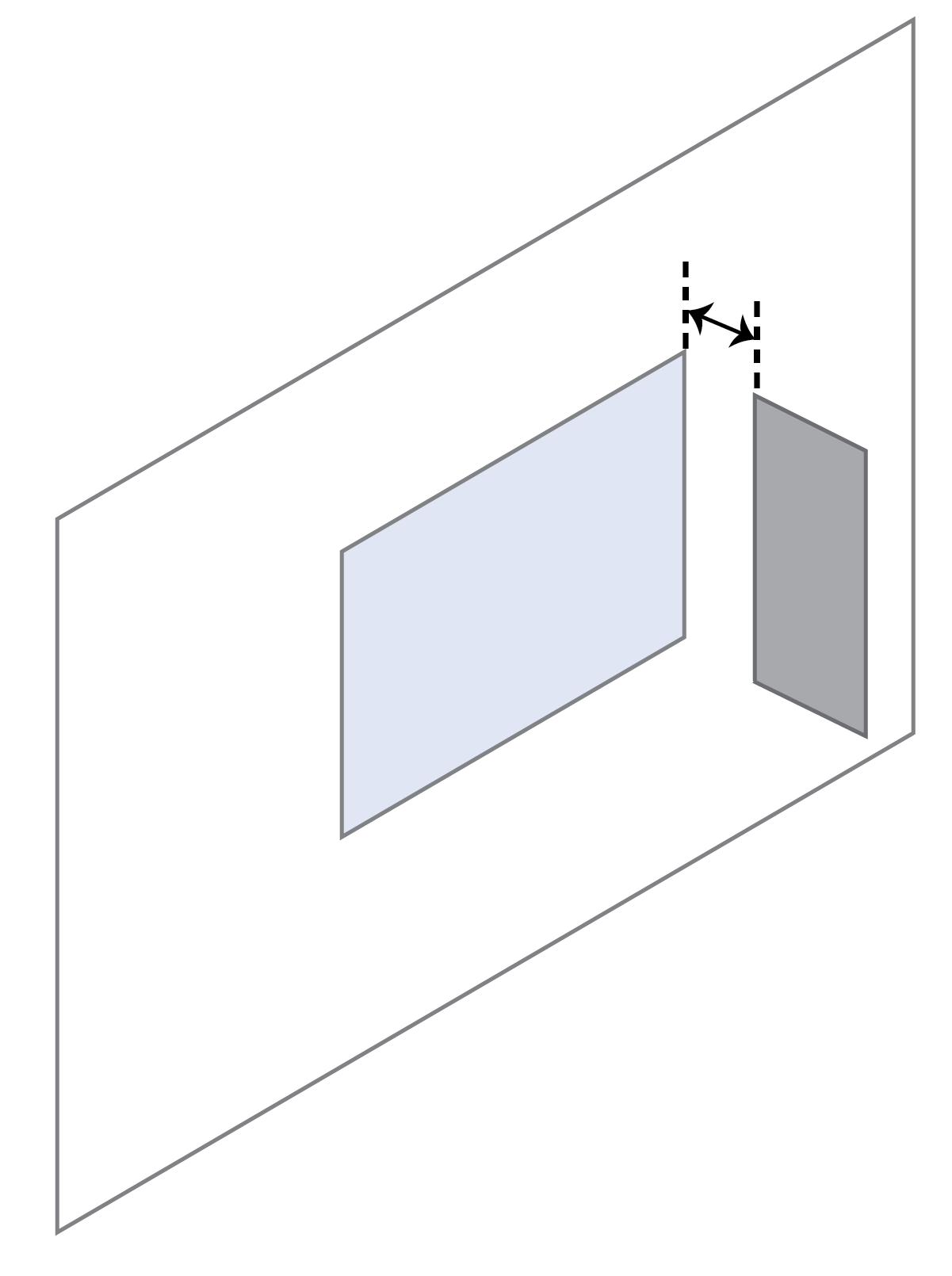
Distance from Facade (ft) -
Default month is set to July corresponding to summer in the northern hemisphere.
-
The default settings of 0.75 hr/d and maximum floor area limit are based on the Annual Sun Exposure (ASE) metric from LEED v4.1 which limits ASE to less than 250 hours per year (an average of 0.75 hours per day) and 10% of floor area for regularly occupied spaces.
-
Percent of floor area with more hours of direct sun than the Max Allowable Direct Sun set by user.
-
Window Orientation in degrees, 0—360°. The default, 180° means the window(s) face South (180°); 0° faces North, 90° faces East, and 270° faces West. Note the 3D room graphic will not rotate as the window orientation input is changed but the position of the sun relative to the room is changing and will be reflected on the floor graphics.
-
Room Depth in feet. The distance between the wall with windows opposite wall.